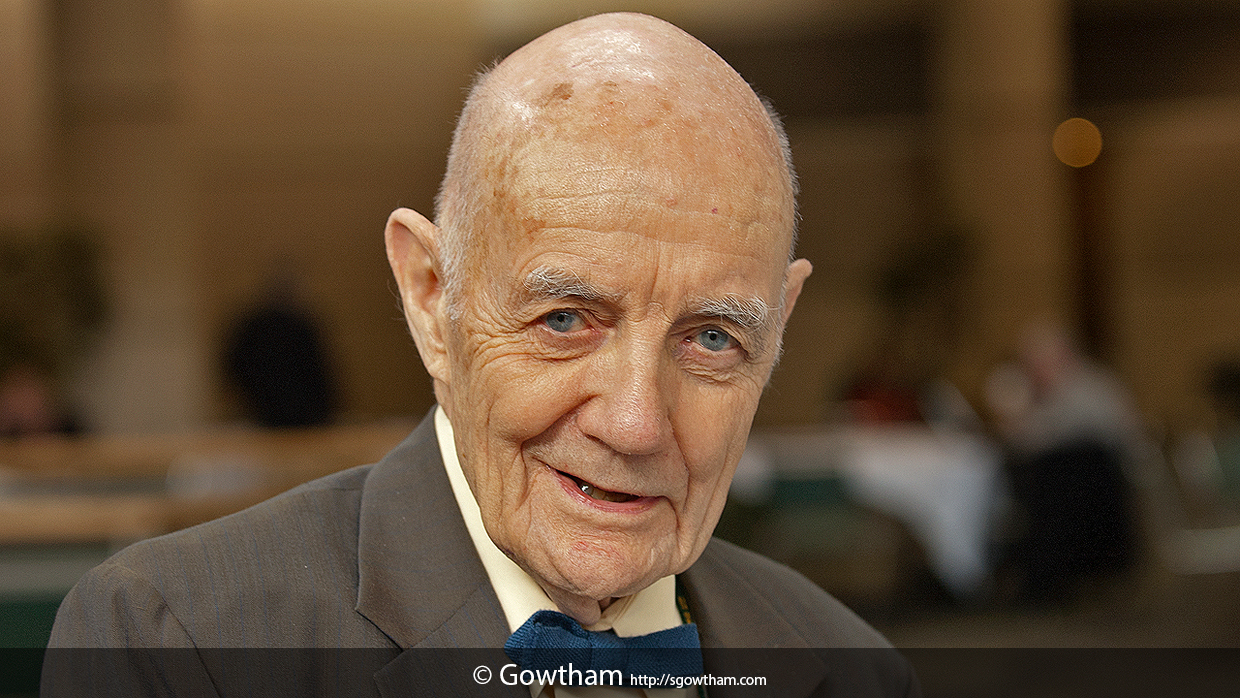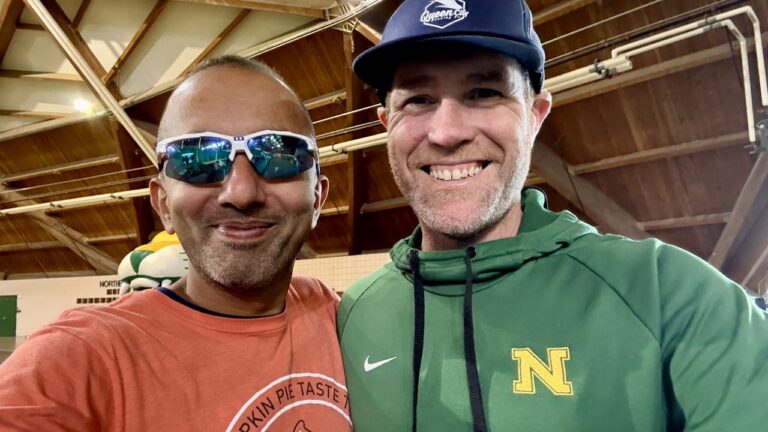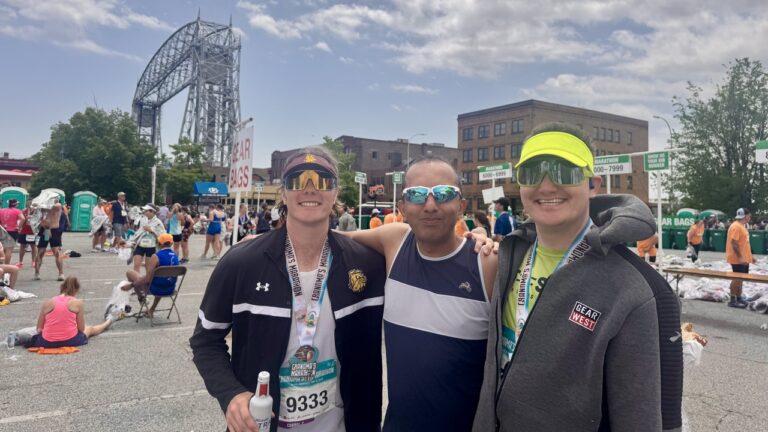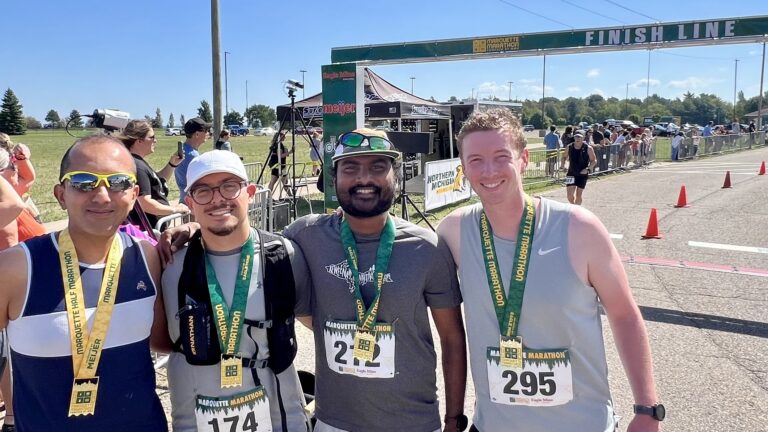Prof. John Fenn is was an American research professor of analytical chemistry who won the 2002 Nobel Prize in Chemistry. Dr. Fenn shared half of the award with Koichi Tanaka for their work in mass spectrometry. His contributions specifically related to the development of electrospray ionization, now a commonly used technique for large molecules and routine liquid chromatography-tandem mass spectrometry.
Born in New York City, and moved to Kentucky with his family during the Great Depression, he did his undergraduate work at Berea College, and received his PhD from Yale University. He worked in industry at Monsanto and at private research labs before moving to academic posts including Yale University and Virginia Commonwealth University.
Prof. Fenn did not start his Nobel research until later in his career. He was semi-retired when he first published his research on electrospray ionization for mass spectrometry. He felt that his work in electrospray ionization received “a kick in the pants” when proteomics emerged. In 2001, more than 1700 papers on proteomics were published, many using electrospray ionization.
Electrospray ionization provides a way to get accurate information about the mass of a large molecule very quickly, even when it is in a mixture of other molecules. The liquid sample is introduced into an electrospray source (at atmospheric pressure) and desolvated with a flow of heated nitrogen gas. This forms small droplets which evaporate in a region under vacuum, which increases the charge on the droplets. For large molecules like proteins, this often results in multiply charge species. Increasing the charge on the molecules, decreased the mass to charge ratio, which allows the mass to be more easily determined.
Citing NobelPrize.org, the Nobel Prize in Chemistry 2002 was awarded for the development of methods for identification and structure analyses of biological macromolecules with one half jointly to John B. Fenn and Koichi Tanaka for their development of soft desorption ionisation methods for mass spectrometric analyses of biological macromolecules and the other half to Kurt Wüthrich for his development of nuclear magnetic resonance spectroscopy for determining the three-dimensional structure of biological macromolecules in solution.
I had the honor and privilege of interacting with him (and by interaction, I mean: he talked and I listened) during the 25th Army Science Conference held in Orlando, Florida. A classic Gentle Giant, he not only agreed to take a picture with me (and several other members of his Nobel fraternity), he also graciously posed for this shot. I’ll never forget his last words to me:
Son, it looks like I’m staring into a cannon!
EXIF and other information
| Archive ID | dsc_101-2952 |
| Date and Time | 2006-11-30 12:37:41 |
| GPS Date and Time | Image does not include relevant information |
| GPS Location | 28.42638 N, -81.46555 E, 0 ft (Goolgle Map: Pin | Directions) |
| Camera | Nikon D70s |
| Lens | AF-S VR Zoom-Nikkor 70-200mm f/2.8G IF-ED |
| Focal Length | 70.0 mm (35 mm equivalent: 105.0 mm) |
| Mode | Aperture-priority AE |
| Shutter Speed | 1/100 second(s) |
| Aperture | f/3.5 |
| ISO | 400 |
| Exposure Bias | 0 |
| Flash | No |
| Filters | None |
| Light Value | 8.3 |
| Hyperfocal Distance | 69.89 m |
| Focus Distance | 2.00 m |
| Depth of Field | 0.11 m (1.94 - 2.05) |
| Field of View | 18.8 deg (0.66 m) |
| Tripod | No |
| Notes/Remarks | -- |



